When Connar Duncan was 18 he had an operation on his spinal cord to remove a series of tumours.
It could have left him paralysed.
But despite going through the ordeal, he would have to endure six more operations over the next nine years to remove at least 11 more tumours.
He has a rare genetic condition called Von Hippel-Lindau (VHL) syndrome which causes tumours to repeatedly form all over the body.
It affects roughly one in every 36,000 people, meaning, on average, there could be about six people with the condition in Aberdeen.
Long road to diagnosis
Mr Duncan, who is from Inverurie, spent 18 months going back and forth to the GP before he was finally able to get a diagnosis. His symptoms were initially put down as diabetes or a mineral deficiency.
He was eventually given a genetic test which confirmed the condition.
Now 28, Mr Duncan has gone through a series of operations, including an annual lasering of his eyeball to remove tumours which he describes as “absolutely agony”.
Due to the toll of his spinal surgery, he has been left with damage to his legs and on bad days can struggle to walk far.
However, Mr Duncan did not want to become reliant on pain medication, only using it sparingly.
Instead, he decided to learn as much about his condition as he could, even choosing it as the topic for his applied science dissertation at Nescol – receiving an A.
Despite having to go for another operation to remove three kidney tumours while studying, he graduated in October with an overall high A grade.
“I just felt better studying it and reading through all the statistics around everything”, he said.
“It’s a cancerous condition, so life expectancy is still very low.
“But in 10 years time I could be cured by gene therapy so you have to keep the hope.”
Efforts to protect mental health
However, there are some aspects of his condition that Mr Duncan would rather not see.
He is not a member of the main VHL charity in the UK, nor does he attend any support groups in Aberdeen.
“There are people out there who have 50 tumours on their brain and are paraplegic”, he said.
“It will do no good for your mental health knowing the stories that could be out there waiting for me.”
Instead, Mr Duncan relies on his close family network for support.
His dad David, mum Morag, sister Kirsty, and maternal grandparents have all been there to “pick me up when I am down”.
He added: “The only people you can survive with is your family. If you don’t laugh you will cry a lot of the time.”
Mr Duncan has found friends and relationships often struggle to deal with the realities of his condition.
“Not everyone is built to withstand the strain of it. The thought of mortality is too much for some people”, he said.
‘This condition will die with me’
One aspect of his condition that Mr Duncan is adamant about is the fact he will not pass on VHL to his children.
He is the first in his family to get it, which happens in 20% of cases.
Despite his parents not knowing anything about VHL, Mr Duncan says he often has to tell them to not blame themselves for making him this way.
If he was to have children, depending on his partner, there could be a 5% or 50% chance that his children would have VHL too.
Instead of taking his chances, he plans on using IVF to ensure all his children are VHL-free before being born.
“This condition will die with me”, he said.
“I’m not letting my kids get it to suffer what I have went through”.
But, Mr Duncan still remains unsure of how much of his children or grandchildren he will get to see.
In the meantime, he insists on taking things “step by step” a lot of the time.
He has come a long way from his spinal operation at 18, when he had to learn to walk again.
Right now he is studying in his third year for a BSc in Applied Biosciences at RGU.
In the future, he hopes to go into teaching after he found a passion for helping others learn at college.
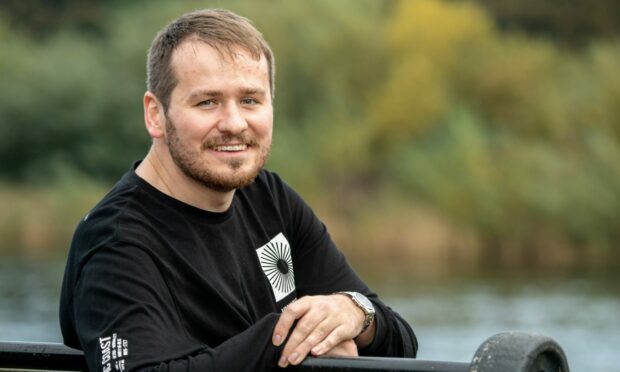

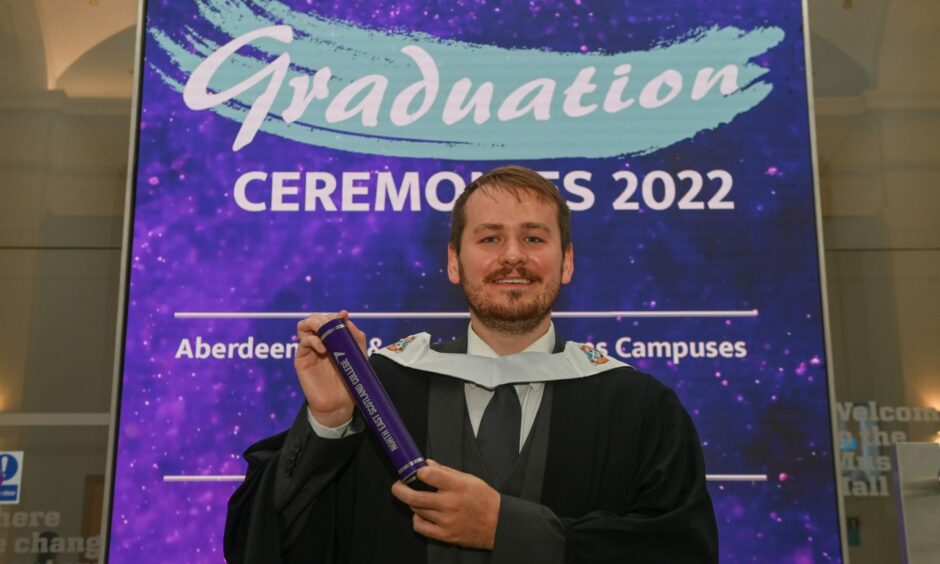
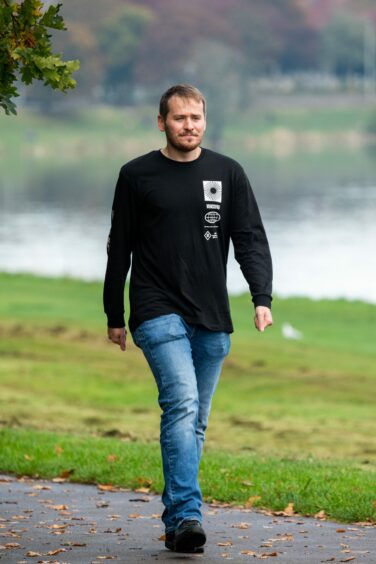
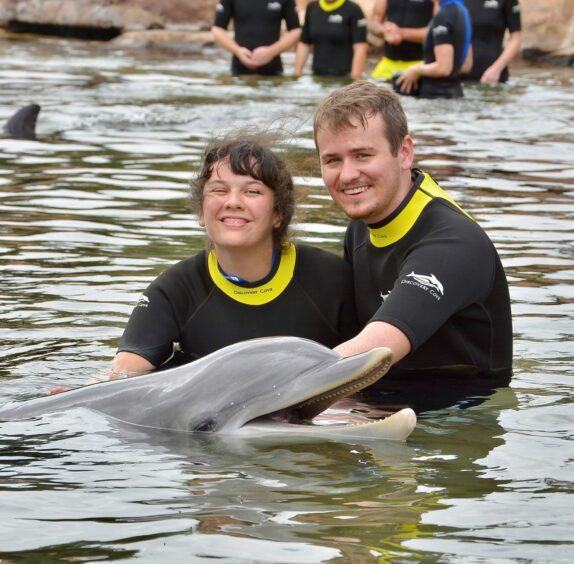
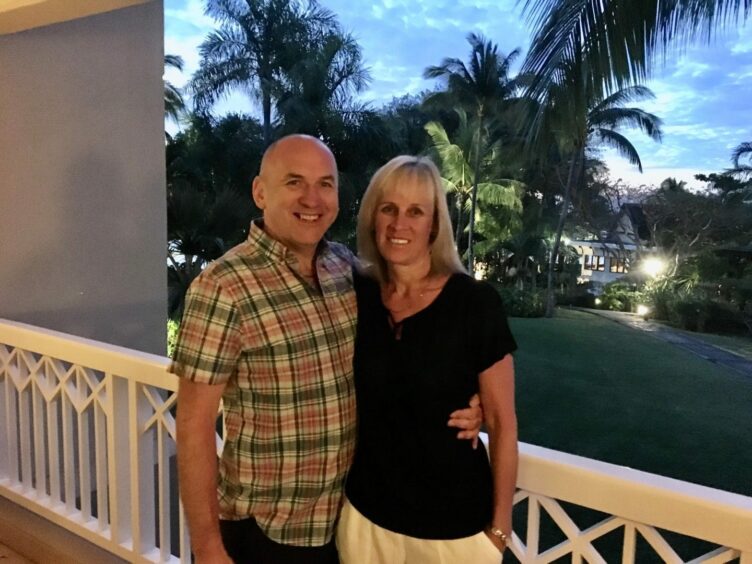
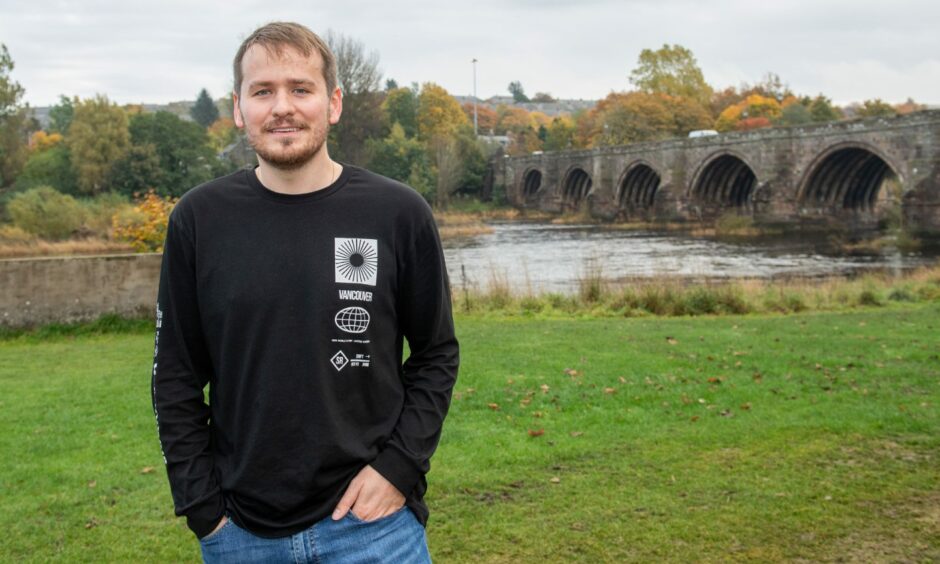
Conversation